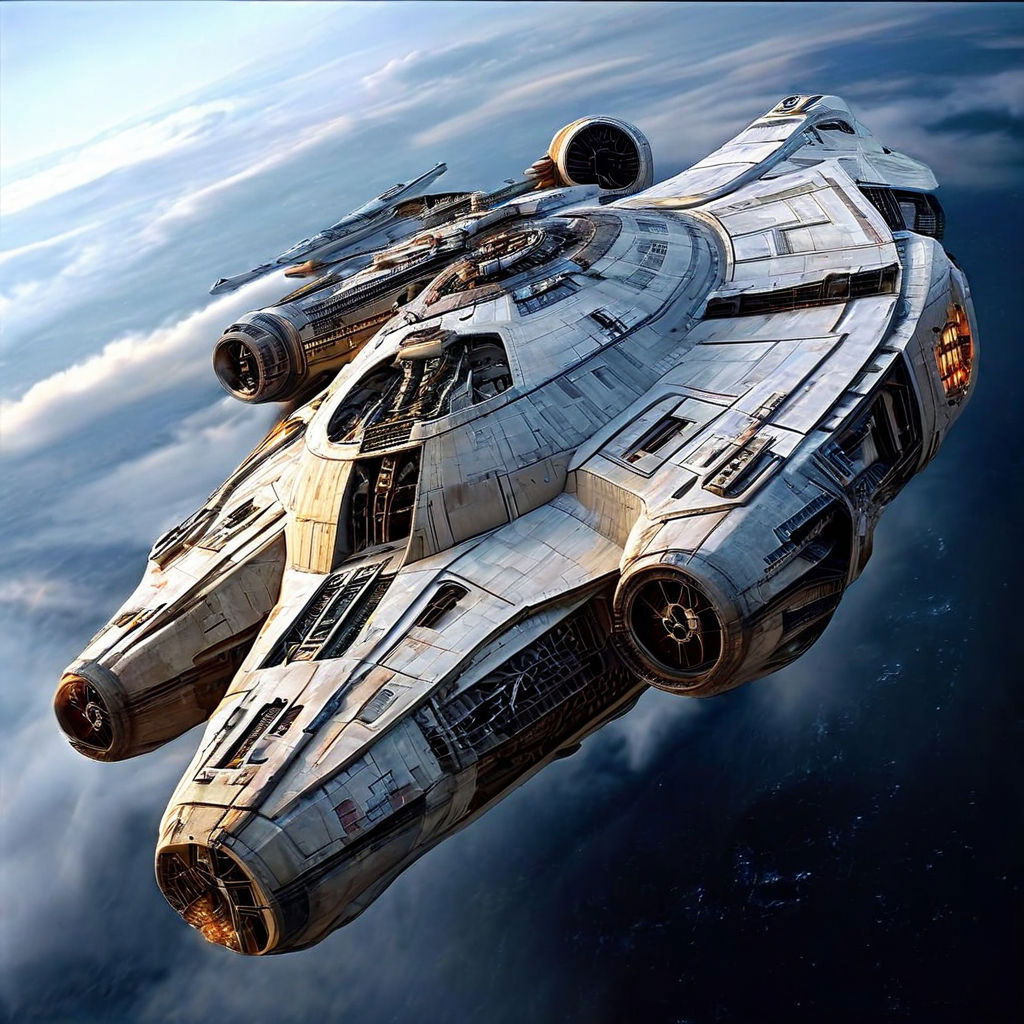The Timeless Allure of Magical Airships and Spaceships in Myth and Modern Storytelling
From ancient myths to the latest science fiction epics, airships and spaceships have captured the human imagination like few other symbols. These fantastical vehicles embody our deepest desires for exploration, transcendence, and understanding. By examining their representations in ancient myths and modern storytelling, we can uncover their timeless appeal and the profound messages they convey.
The concept of "Chariots of the Gods" has intrigued humanity for centuries, manifesting in ancient myths and evolving into modern science fiction. These magical ships, whether they sail the seas of our ancestors or the stars of our future, symbolize the divine, the unknown, and the extraordinary. By exploring their representations from ancient mythology to contemporary narratives, we can understand their enduring appeal and the deep meanings they convey.
In Norse mythology, Skidbladnir is a ship of extraordinary craftsmanship, constructed by the dwarves and owned by the god Freyr. It is said to always have a favorable wind and be large enough to carry all the gods, yet it can be folded up and carried in a pocket. Skidbladnir represents endless possibility, divine ingenuity, and the ability to transcend ordinary physical limits. This ship symbolizes the gods' power to manipulate reality and the natural world, reflecting humanity's fascination with the divine and the supernatural.
The biblical prophet Ezekiel's vision includes a description of heavenly chariots, often interpreted as celestial vehicles of divine origin. These chariots, described in intricate detail with wheels within wheels and full of eyes, have sparked countless interpretations and debates. Some see them as metaphorical, others as potential early accounts of extraterrestrial encounters. Ezekiel's chariots symbolize divine communication and the awe-inspiring power of the heavens, illustrating the human tendency to associate advanced, incomprehensible technology with the divine.
In certain esoteric traditions, Mani, the personification of the Moon, is described as traveling in a ship of light. This holographic vessel symbolizes guidance, illumination, and the subtle interplay between light and divinity. It represents the mystical journey and the idea of light as a vehicle for spiritual and intellectual enlightenment. Mani's ship captures the ethereal quality of divine journeys, emphasizing the sacred and transformative nature of light.
In the Star Wars universe, the Millennium Falcon is an iconic spaceship known for its speed, agility, and role in pivotal battles. Piloted by the roguish Han Solo, it embodies the spirit of adventure and rebellion against oppressive regimes. The Millennium Falcon is a modern reinterpretation of the mythical magical ship, blending the hero's journey with futuristic technology. It symbolizes the quest for freedom, the importance of individual courage, and the thrilling possibilities of space exploration.
The mid-20th century saw a surge in reported sightings of flying saucers, mysterious disc-shaped objects thought to be extraterrestrial spacecraft. These sightings have inspired a vast body of literature, films, and theories about alien visitors and advanced civilizations. Flying saucers serve as contemporary "chariots of the gods," embodying modern anxieties about the unknown and our enduring fascination with the possibility of otherworldly life. They reflect humanity's quest for knowledge and the eternal allure of the cosmos.
The allure of airships and spaceships in myth and modern storytelling lies in their ability to capture the imagination and symbolize profound human experiences and aspirations. From Skidbladnir to the Millennium Falcon, these vehicles transcend their immediate contexts, offering timeless symbols of exploration, divinity, and the marvels of technology. They remind us of our innate desire to understand the cosmos and our place within it, bridging the gap between the mythical past and the imagined future.
The fascination with magical ships, from the mythological Skidbladnir and Ezekiel’s chariots to the Millennium Falcon and flying saucers, underscores a timeless aspect of the human experience. These vessels embody our deepest desires for exploration, understanding, and connection with the divine. They bridge the gap between the mythical past and the speculative future, continually inspiring and reflecting our quest for knowledge and transcendence.
As we continue to explore new frontiers in reality and imagination, the chariots of the gods remain a powerful symbol of the extraordinary, reminding us of our boundless curiosity and the eternal allure of the unknown.
